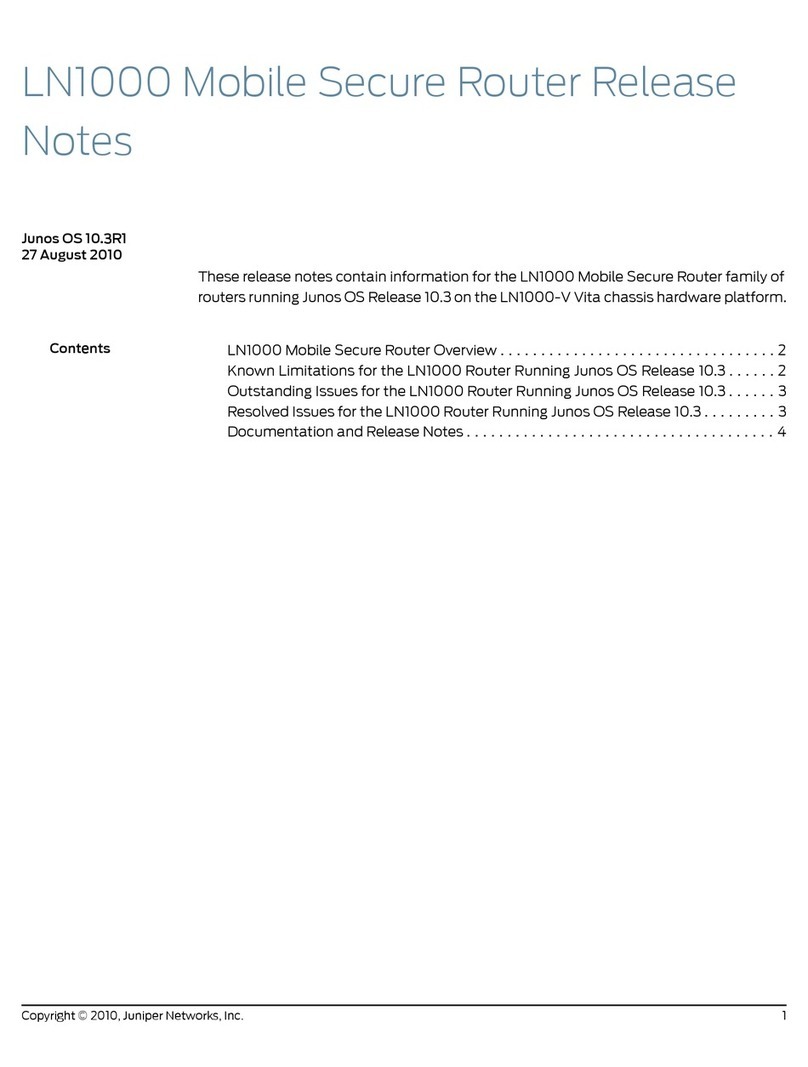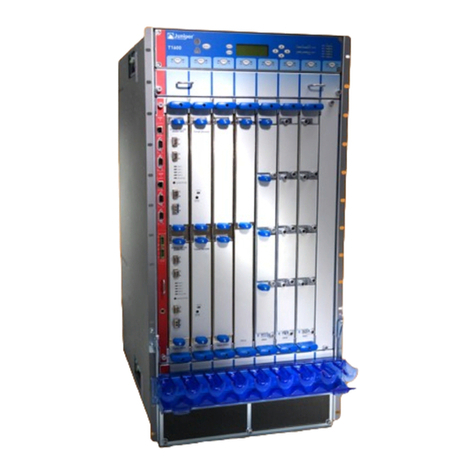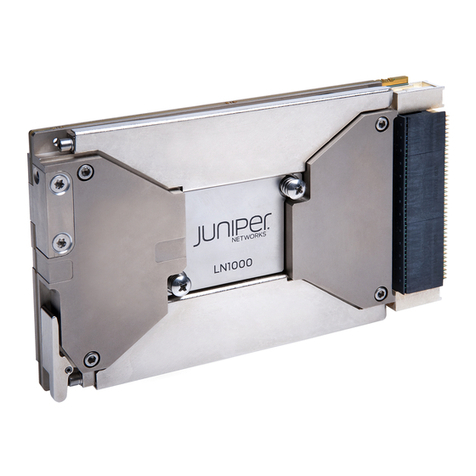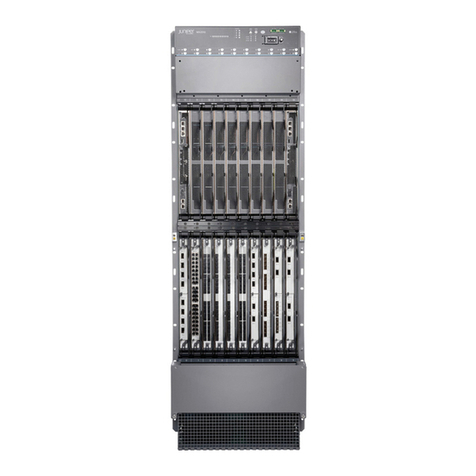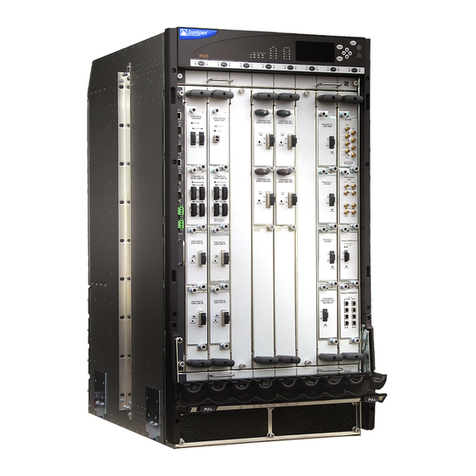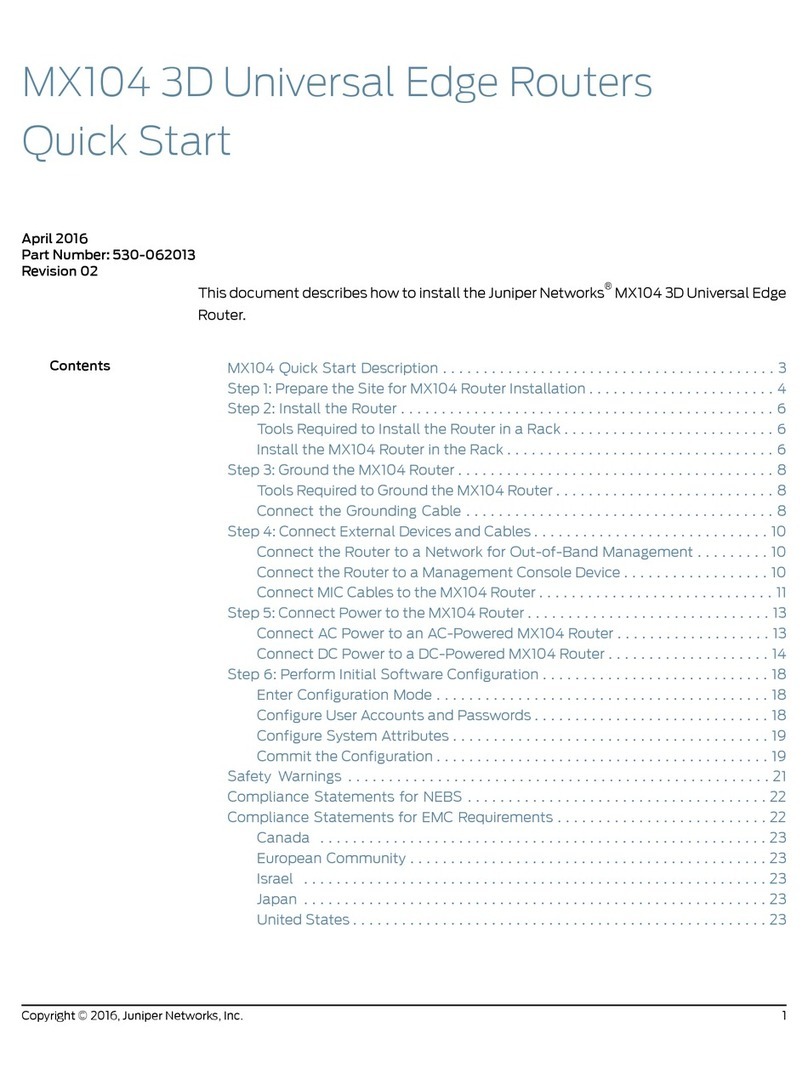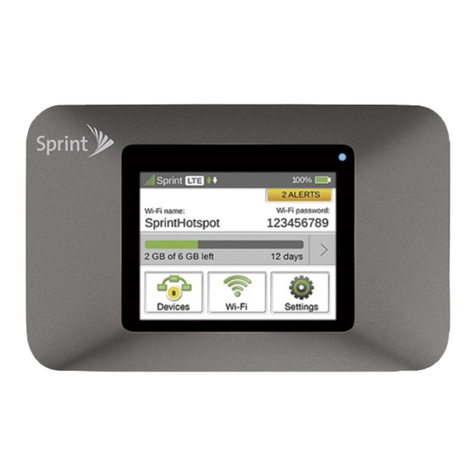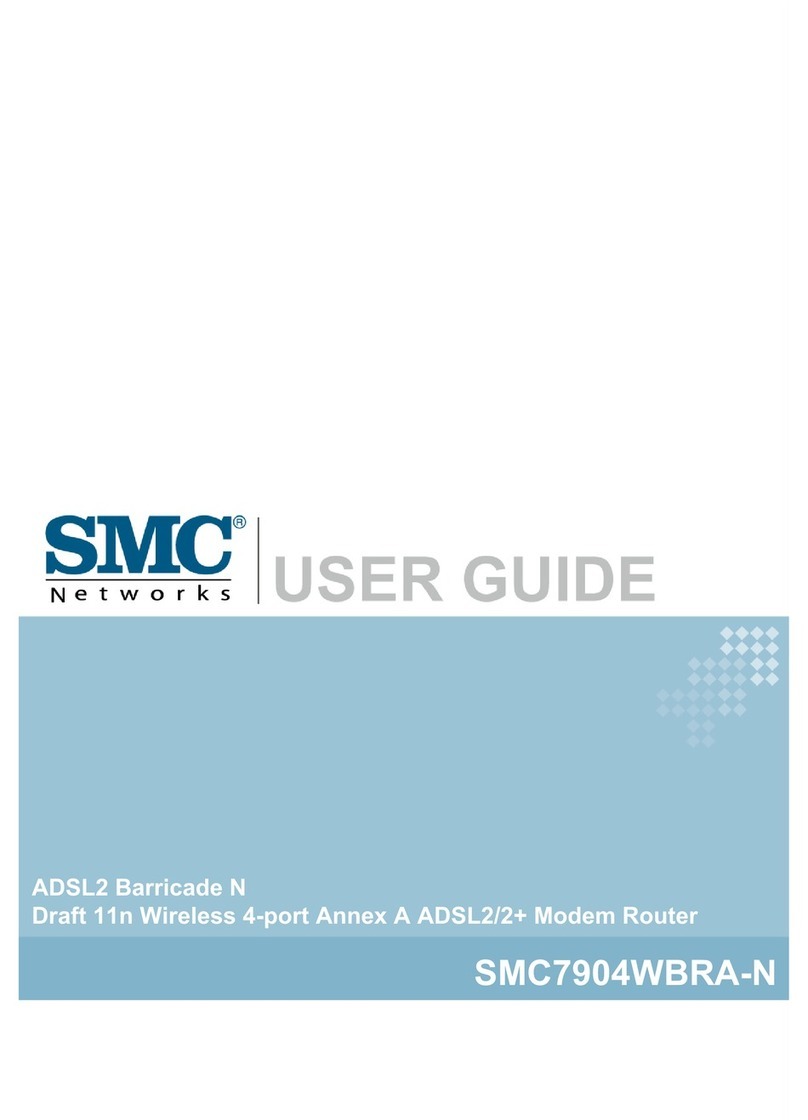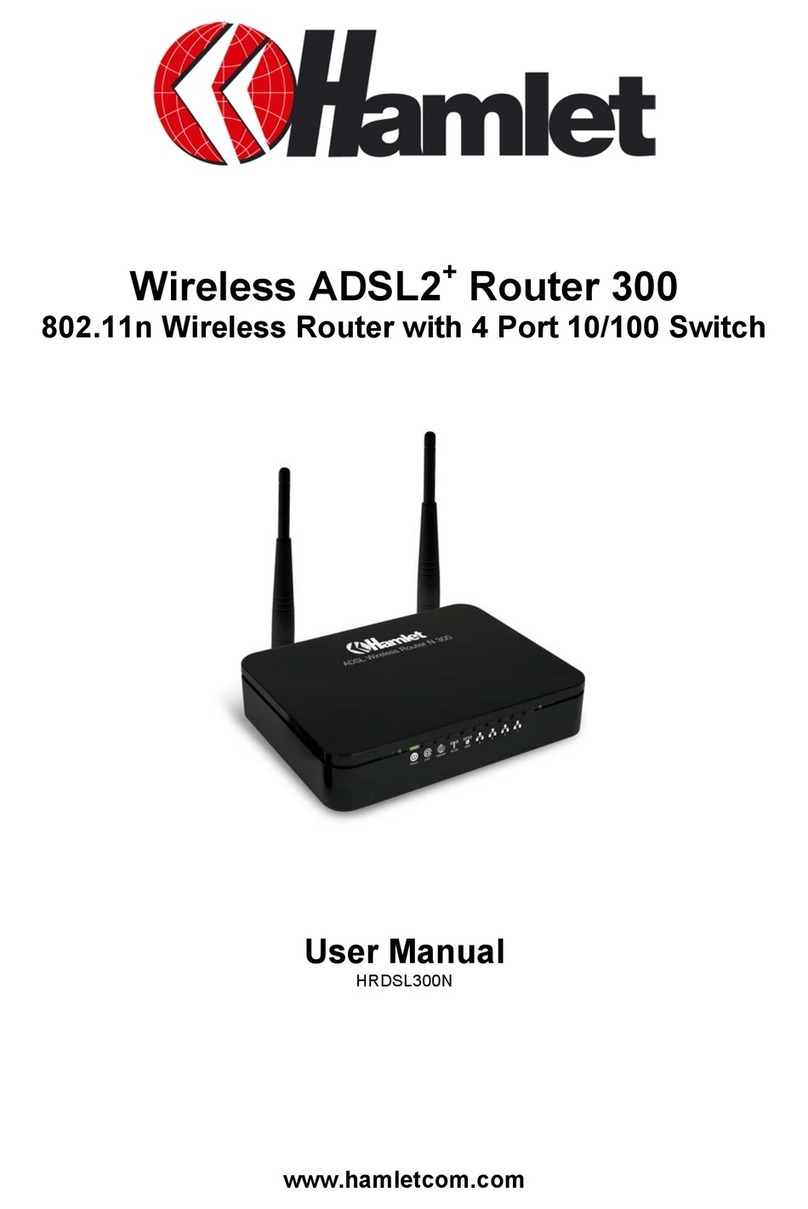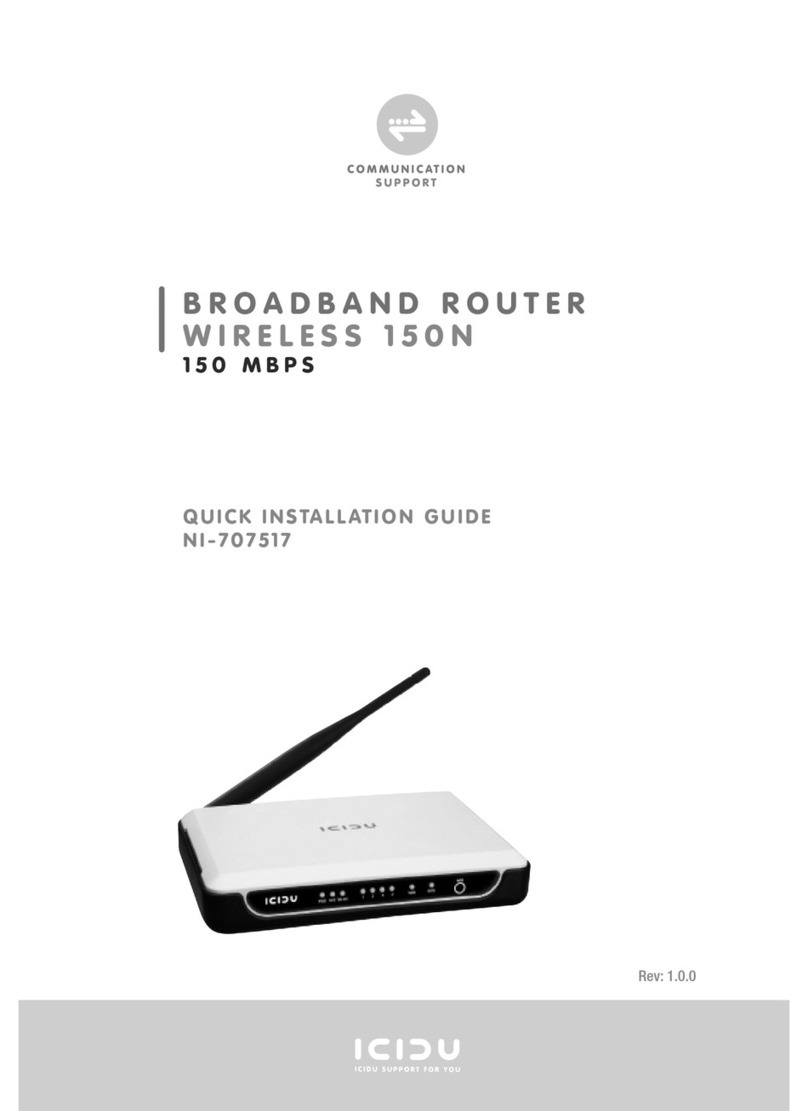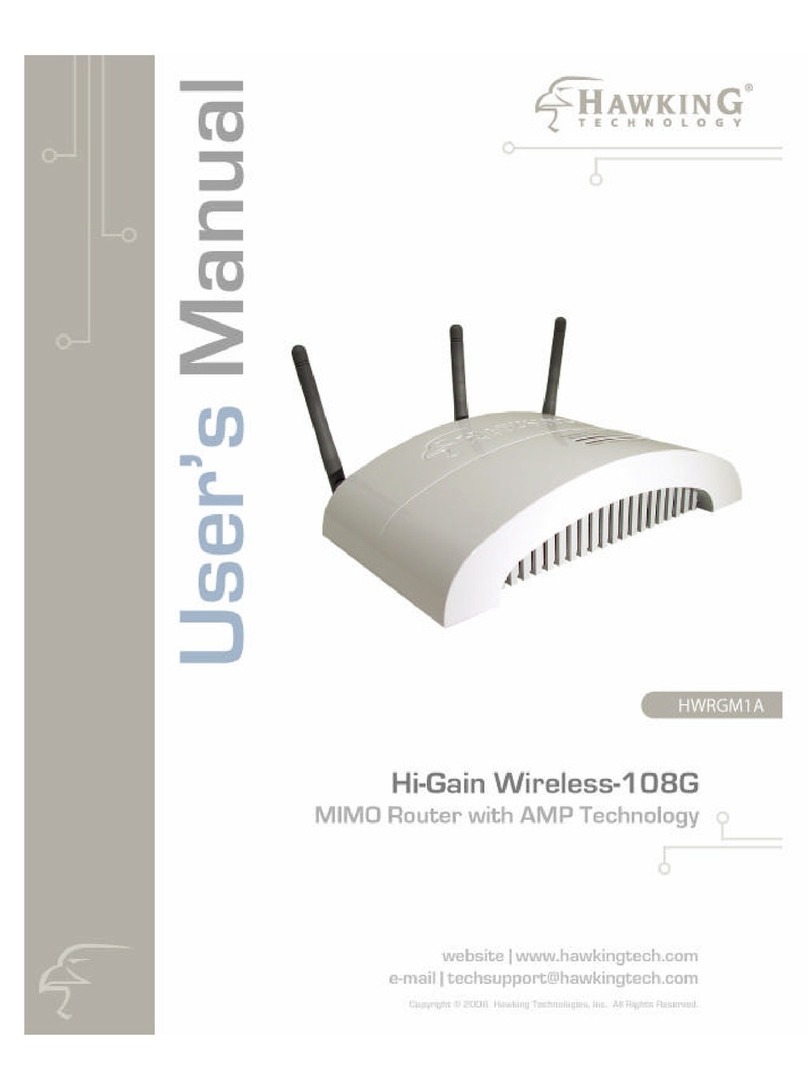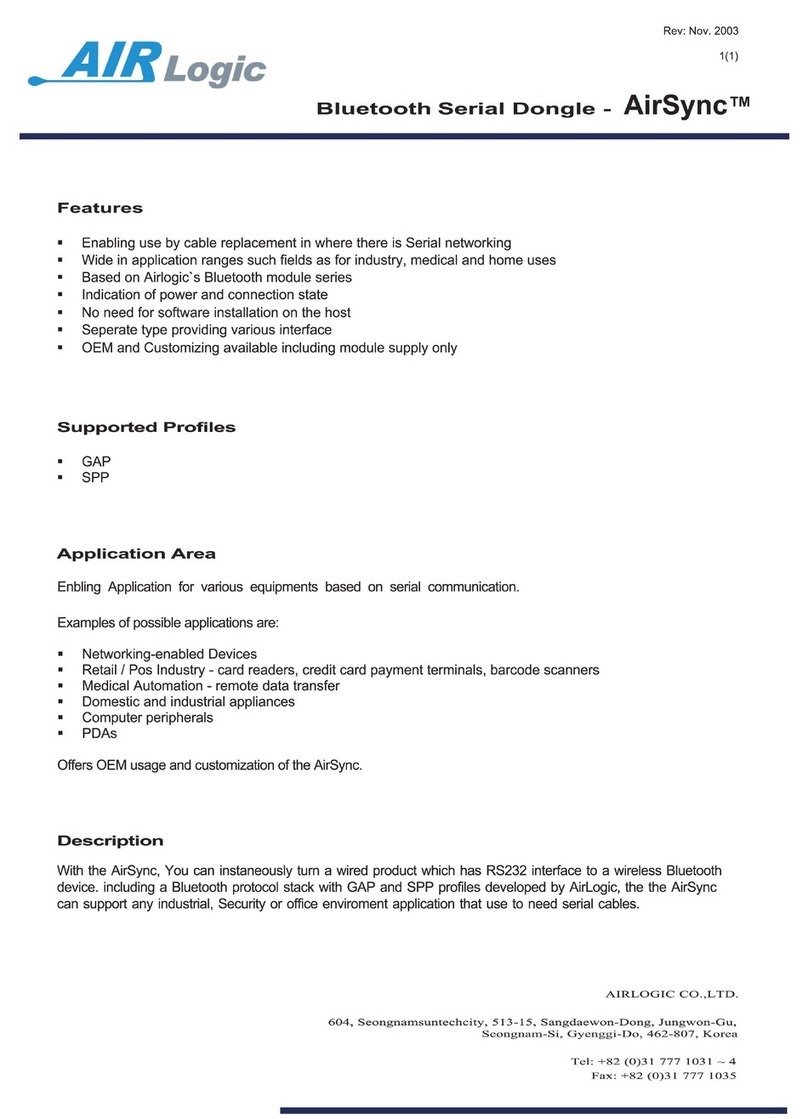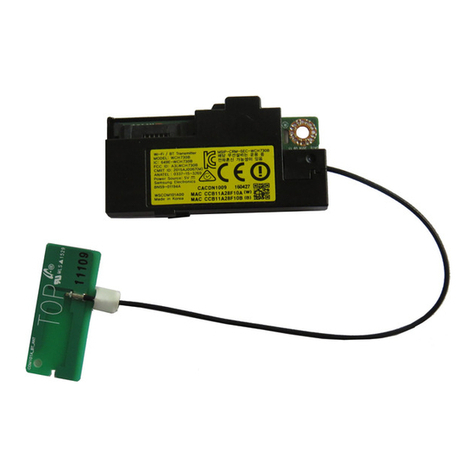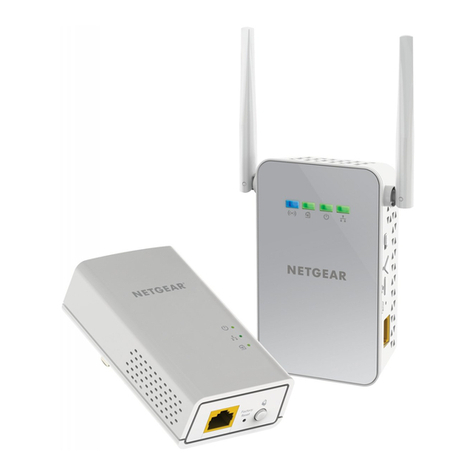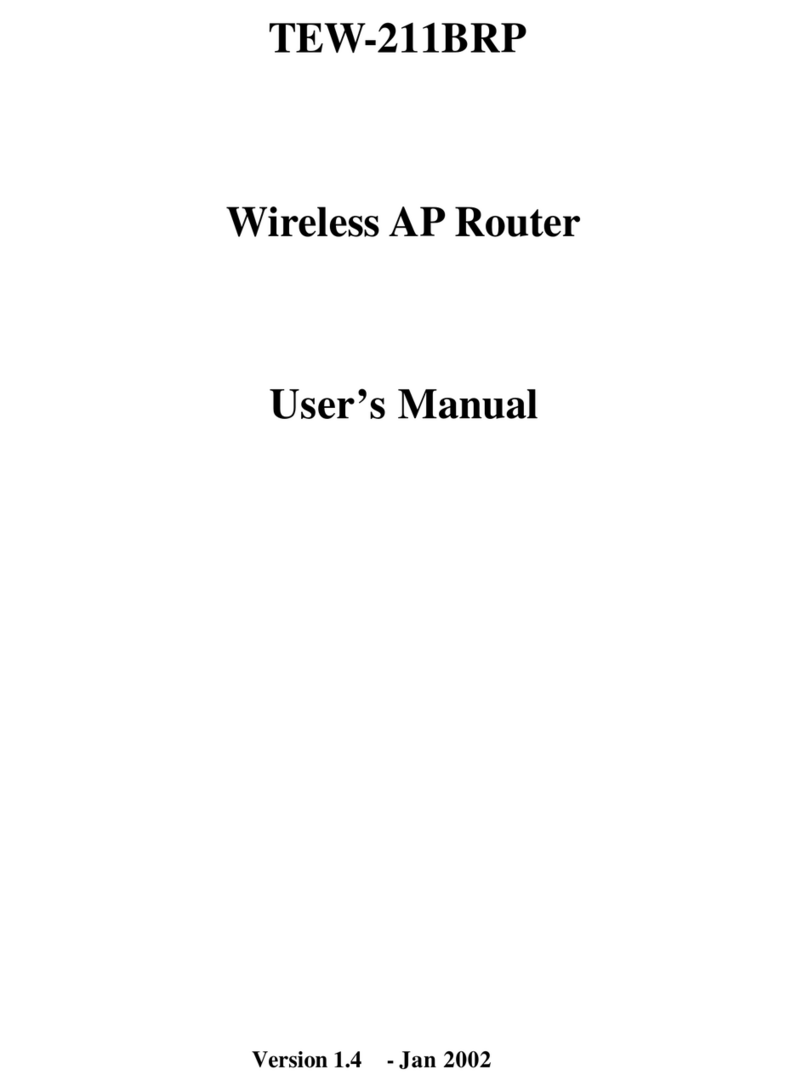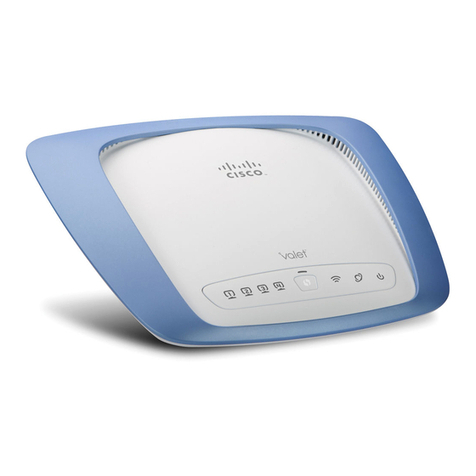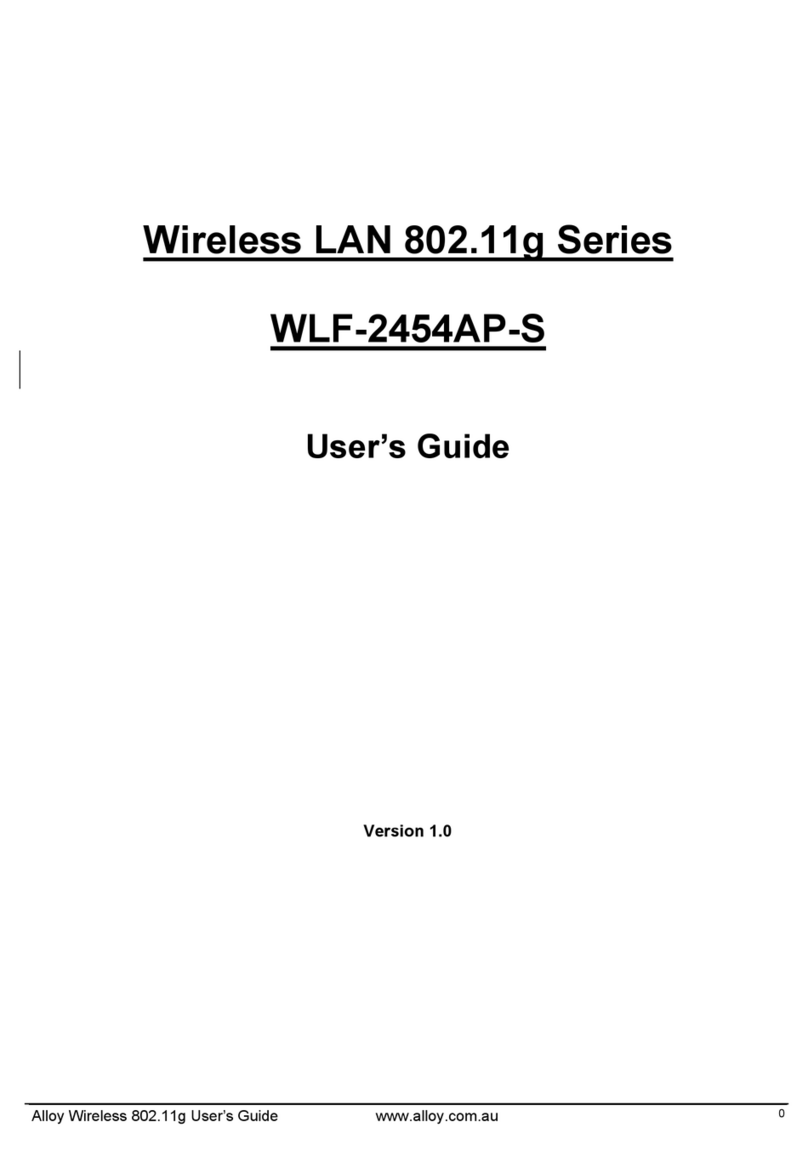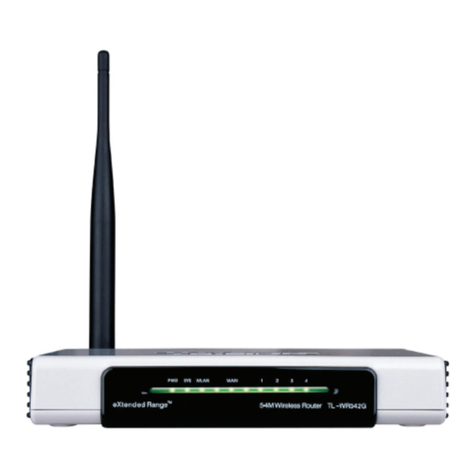
PTX10001-36MR Site Guidelines and Requirements | 48
PTX10001-36MR Environmental Requirements and Specicaons | 49
General Site Guidelines | 50
PTX10001-36MR Chassis Grounding Cable and Lug Specicaons | 51
PTX10001-36MR Clearance Requirements for Airow and Hardware Maintenance | 52
PTX10001-36MR Physical Specicaons | 52
Site Electrical Wiring Guidelines | 53
PTX10001-36MR Rack Requirements | 54
PTX10001-36MR Cabinet Requirements | 56
PTX10001-36MR Network Cable and Transceiver Planning | 58
Determine Transceiver Support for the PTX10001-36MR | 58
Cable and Connector Specicaons for MX and PTX Series Devices | 59
Fiber-Opc Cable Signal Loss, Aenuaon, and Dispersion | 66
Calculang Power Budget and Power Margin for Fiber-Opc Cables | 68
How to Calculate Power Budget for Fiber-Opc Cables | 68
How to Calculate Power Margin for Fiber-Opc Cables | 69
PTX10001-36MR Management Cable Specicaons and Pinouts | 70
Cable Specicaons for Console and Management Connecons for the PTX10001-36MR | 71
Management Port Connector Pinouts for the PTX10001-36MR | 71
Console and ToD Port Connector Pinouts for the PTX10001-36MR | 72
USB Port Specicaons the PTX10001-36MR | 73
Inial Installaon and Conguraon
PTX10001-36MR Installaon Overview | 76
Overview of Installing the PTX10001-36MR | 76
PTX10001-36MR Installaon Safety Guidelines | 77
Unpack and Mount the PTX10001-36MR | 78
Unpack the PTX10001-36MR | 78
iv
